
The 2024 Molecular Foundry Annual User Meeting, held over three days, was a significant gathering focused on the latest advancements in nanoscience and technology. The event kicked off on August 14th with a series of joint ALS-Foundry workshops. This day also featured opportunities for participants to engage in hands-on tours and networking sessions. The workshops covered crucial topics such as correlative microscopy, which integrates different imaging techniques, and the visibility of nanostructures through ALS-Foundry collaborations.
On Wednesday morning users, prospective users, and staff from both the Foundry and ALS convened for a joint seminar hosted by both facilities and focused on correlating multiple signals from different imaging modalities across instruments in the “Correlative microscopy: experiment, processing, and data management” symposium. The seminar touched on the wide range of equipment, measurements, methods and expertises available within and across facilities (Paul Ashby, Mary Scott, Sophie Morley), highlighted past successes and future opportunities in correlated imaging of micromagnetics, 2D complex oxides, electrified interfaces, and machine learning (Yayoi Takamura, Seung Sae Hong, Qiubo Zhang, Tanny Chavez), included a round of lightning talks, and hosted a Data Roundtable discussion on challenges and paths forward for data and metadata management and complex multimodal data integration (Maria Chan, Joseph Montoya, Colin Clement, Tanny Chavez). About half the workshop was devoted to open discussion and project ideation, optionally with or without the structure of a fun and slightly silly gamified project proposal process for prompting creative group brainstorming and discussion. The workshop was jointly organized by Ben Savitzky, Stephanie Ribet, Sophie Morley, Hendrik Ohldag, Thomas Feggeler, Colin Ophus, David Shapiro, and Ed Barnard. If you’d like to try out “Proposal Proposal Proposal: The Game of Correlative Proposals”, please check out tinyurl.com/corrim2024.
The workshop, “Making nanostructures visible via ALS-Foundry collaborations” combined tutorials on synthesis and characterization techniques commonly used by joint ALS-Foundry users, overviews and discussions of organizational synergies between the two user facilities, and user contributions showcasing scientific use cases of the facilities. It was well-attended by 50-75 participants. In addition to the tutorials and talks, an open discussion between staff and users revealed high interest in intensified collaborations between the ALS and the Foundry from either side. One beamline scientist even suggested that “joint administrative and scientific staff members would be a great way to streamline collaborations”.
On August 15th, the meeting continued with an official welcome from the User Executive Committee (UEC) and key figures from Berkeley Lab, the Foundry, and the National Nanotechnology Coordination Office. The morning sessions included an update on the Molecular Foundry from interim Director Andy Minor and user highlights, such as Daniel Sun’s work on precision separation of critical metals.

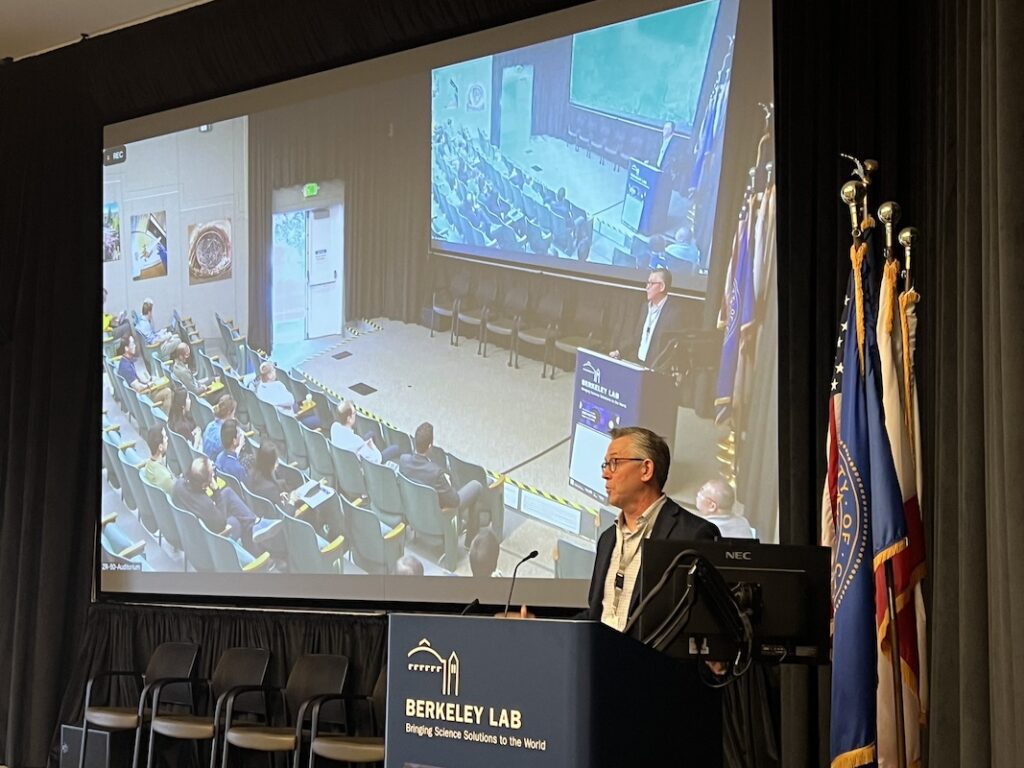

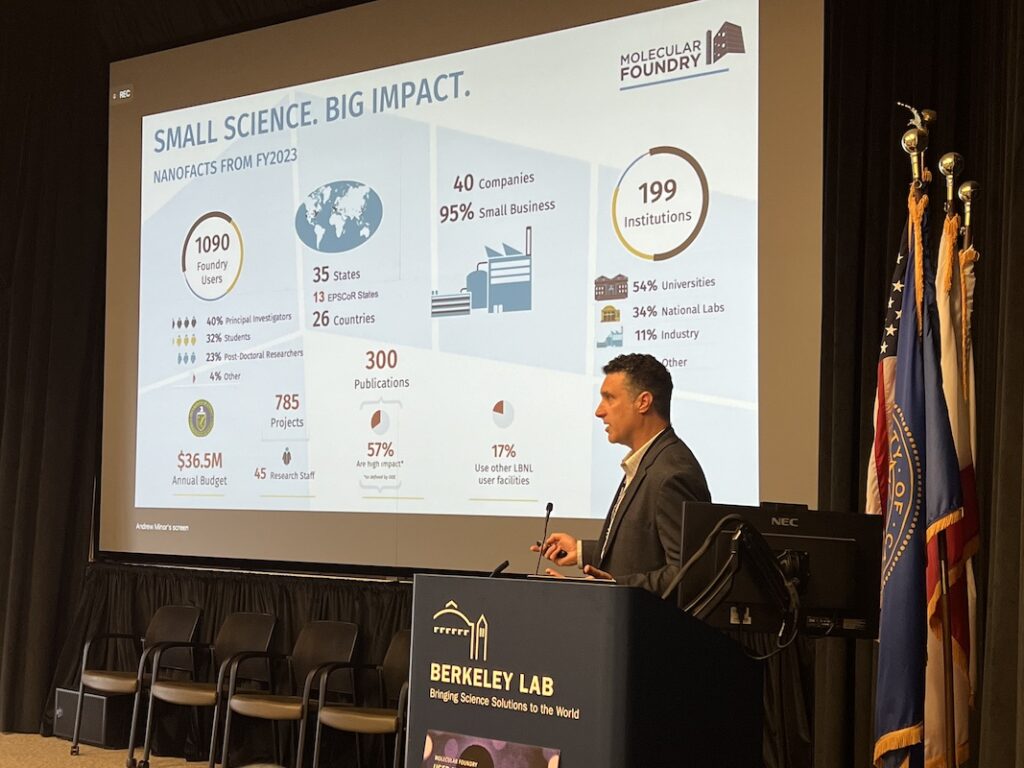


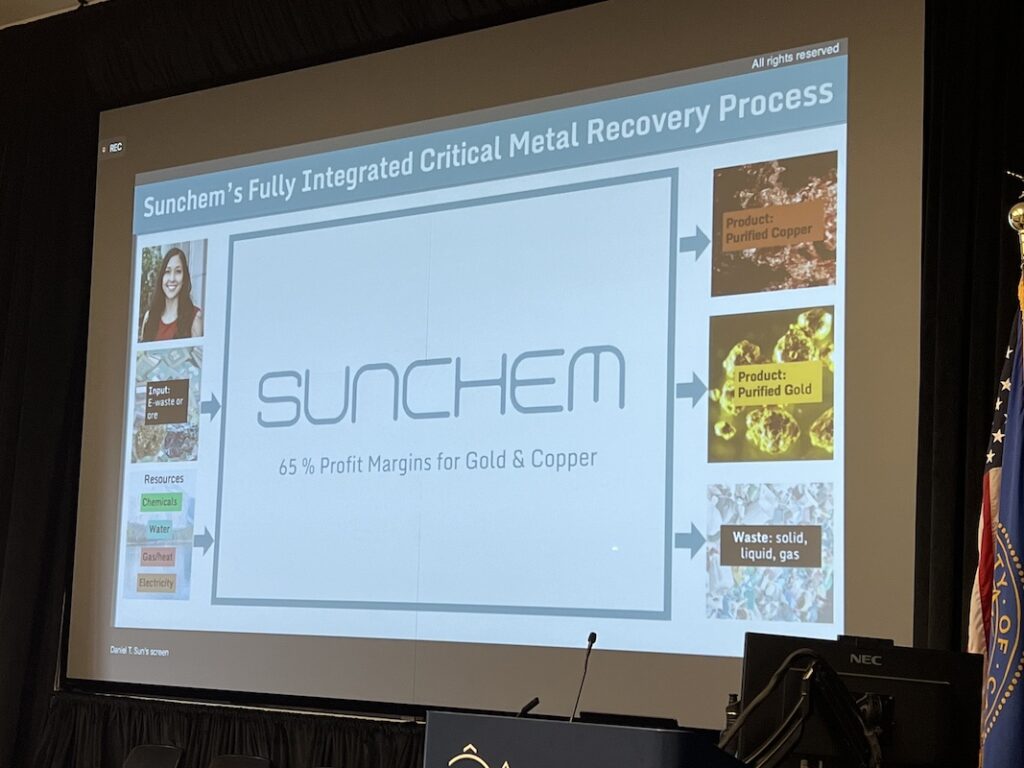



New Foundry staff scientists Katherine Sytwu and Alexander Stibor gave attendees a brief look at their new research programs, which include some of the Foundry’s newest instruments: the Spectra STEM (which will be delivered in 3 weeks!) and the QSPLEEM.

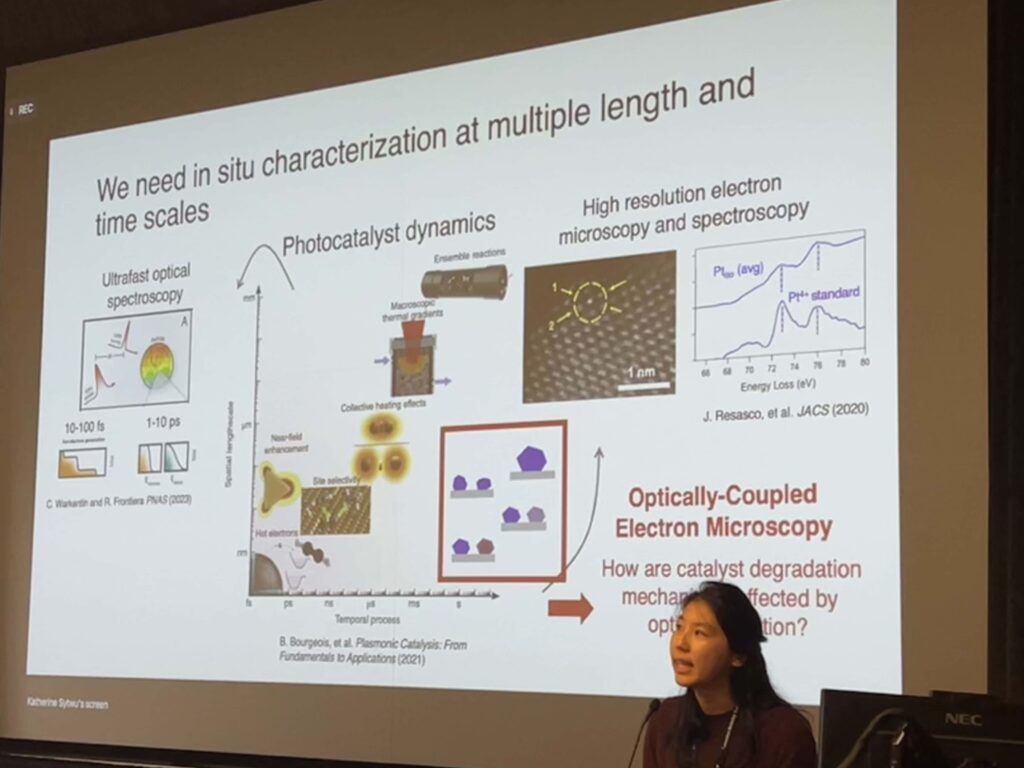
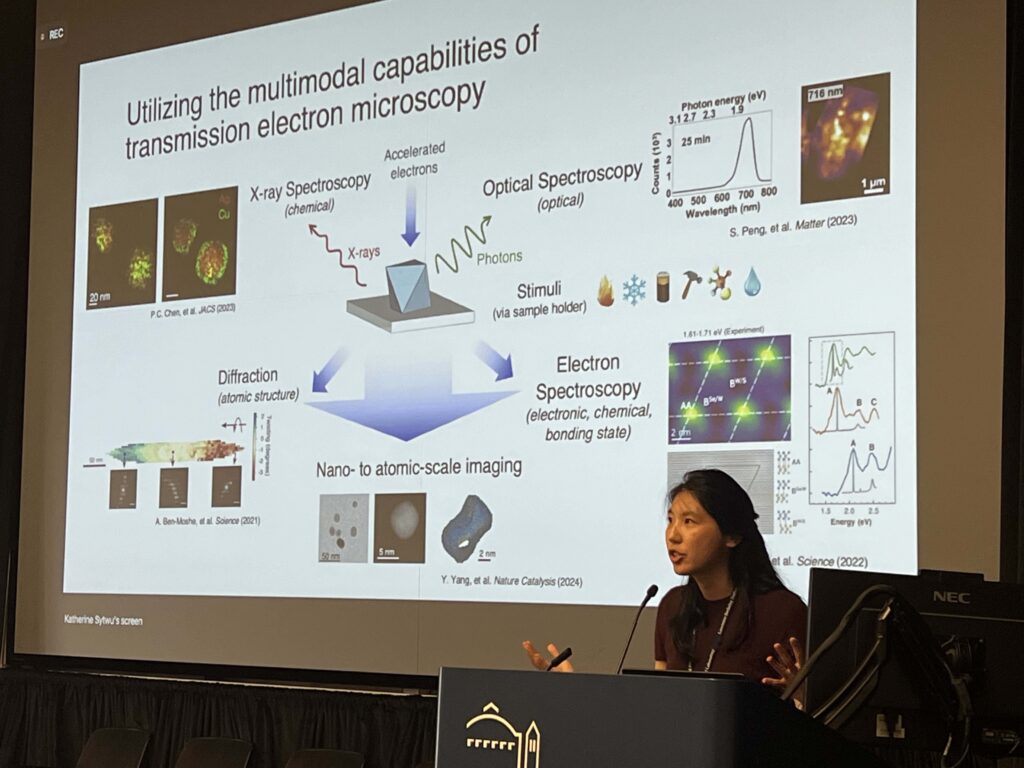





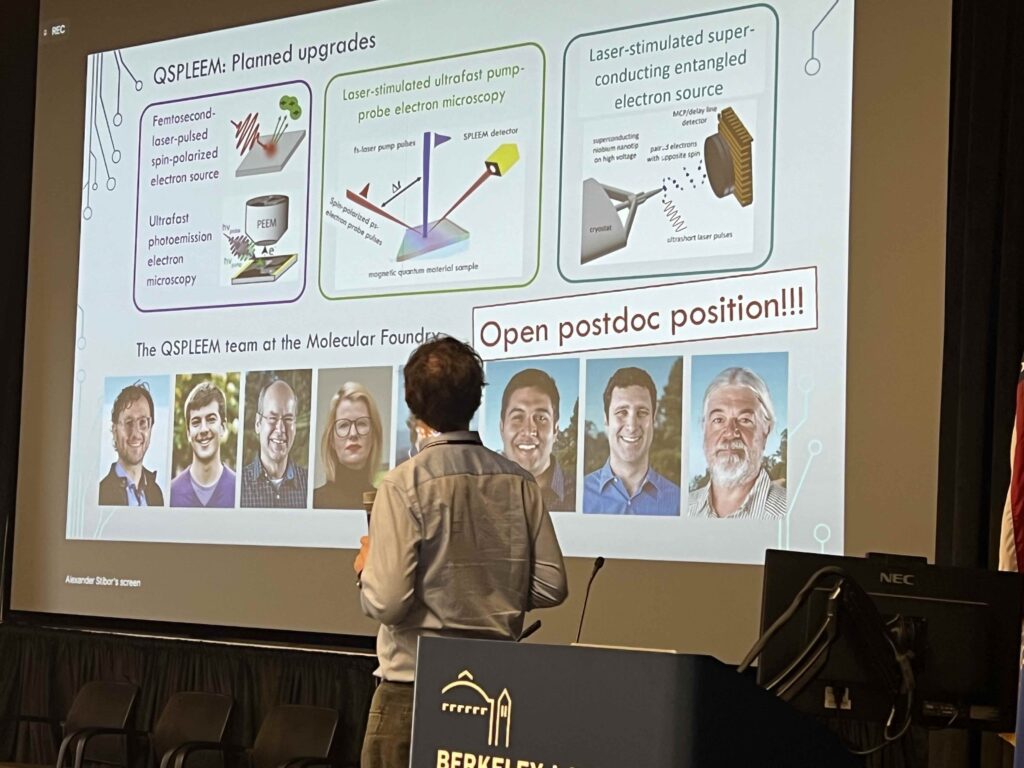
The day’s highlight was a keynote by Professor Deji Akinwande from the University of Texas at Austin, who discussed innovative advancements in atomically thin nanomaterials called ‘atomristers’ and their potential for low-energy electronic systems.




The afternoon was filled with breakout symposia followed by a dynamic poster session and reception, fostering in-depth discussions and networking among attendees. The symposium “Free Electron Quantum Physics” centered on advancing quantum technology by harnessing the unique properties of free electrons. Recent advancements in nanotechnology and ultrafast lasers have enabled precise manipulation of individual free and coherent electrons, along with enhanced control over electron spin. These advancements also allow for determining the sub-Poissonian temporal statistics of single electron emission with femtosecond resolution, including the observation of few-electron correlations due to Coulomb repulsion, potentially revealing Pauli blocking effects. The symposium covered a wide range of topics in this emerging field, including the measurement of quantum forces and space-time topology in Aharonov-Bohm physics, as well as efforts to test quantum dissipation theory and Coulomb-induced decoherence. In addition, the symposium highlighted the application of free electron quantum features in microscopy. Discussions included new techniques such as optical near-field electron microscopy, single-particle coupling in event-based electron microscopy, and the use of the ponderomotive interaction from a laser phase plate to significantly improve the performance of cryo-electron microscopy for biomolecules. The development of a STEM/EELS Mach-Zehnder interferometer was also discussed, which enables plasmon excitation and interaction-free measurements. These methods will become essential diagnostic tools in microscopy and open new avenues for applying degenerate electron beams in quantum information science.
The session, “ScopeFoundry Usage, Development, and Future Directions” was an opportunity to introduce both technical and non-technical users to the Crucible Data Platform. The organizers planned to demonstrate how to use Crucible effectively during experimentation through the login interface and from a metadata curation perspective, as well as how to leverage the platform for data access and analysis. The first half of the workshop included live and interactive sessions for metadata curation, data catalog (SciCat) access, Crucible web application navigation, and Google Colab. A panel led discussion on sample tracking gave attendees an opportunity to contribute to some of the future directions of the Crucible platform. Following the break, the workshop concluded with two sessions intended for an audience interested in getting started with the Crucible platform. These sessions covered what it takes to get Crucible integrated on a new instrument as well as an interactive session covering a variety of ways that current or future Crucible users can integrate their data analyses with the platform.
Finally, the day culminated with the Poster Slam and Poster Session and reception. Participants in the SLAM were eligible to win awards.

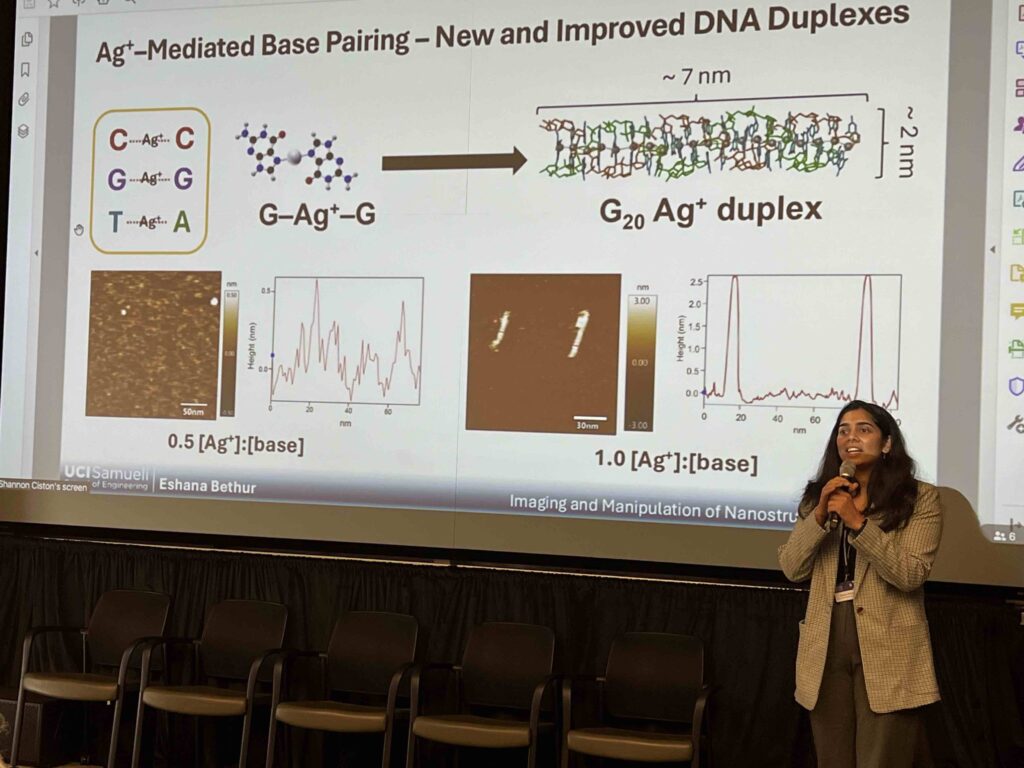










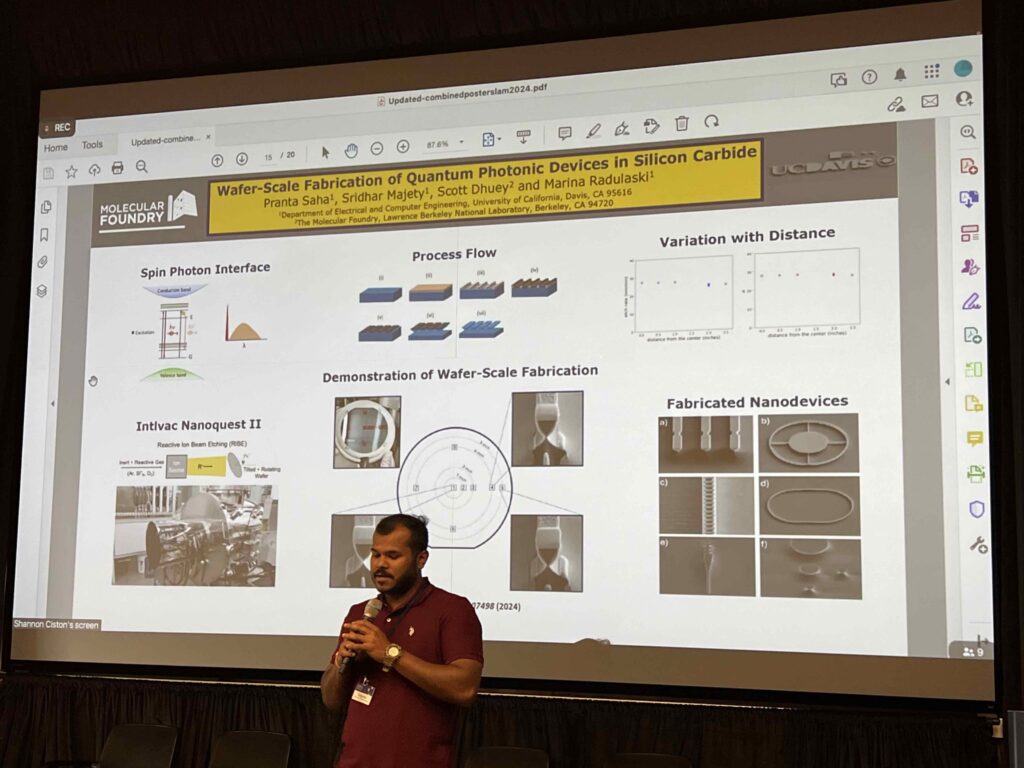
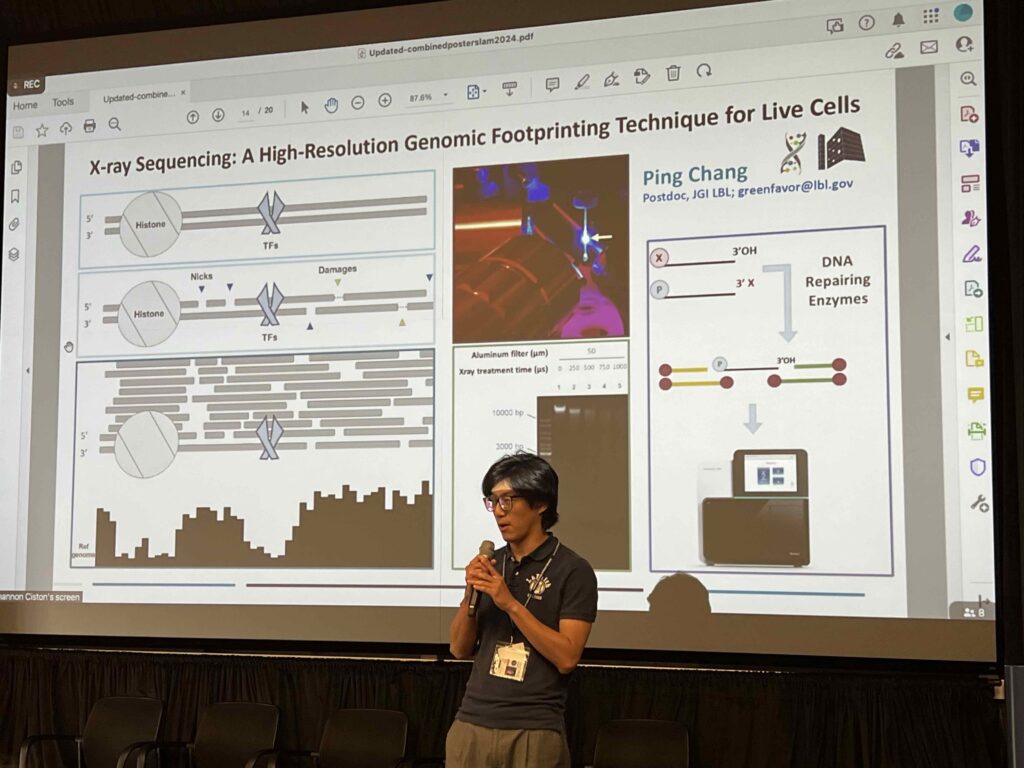
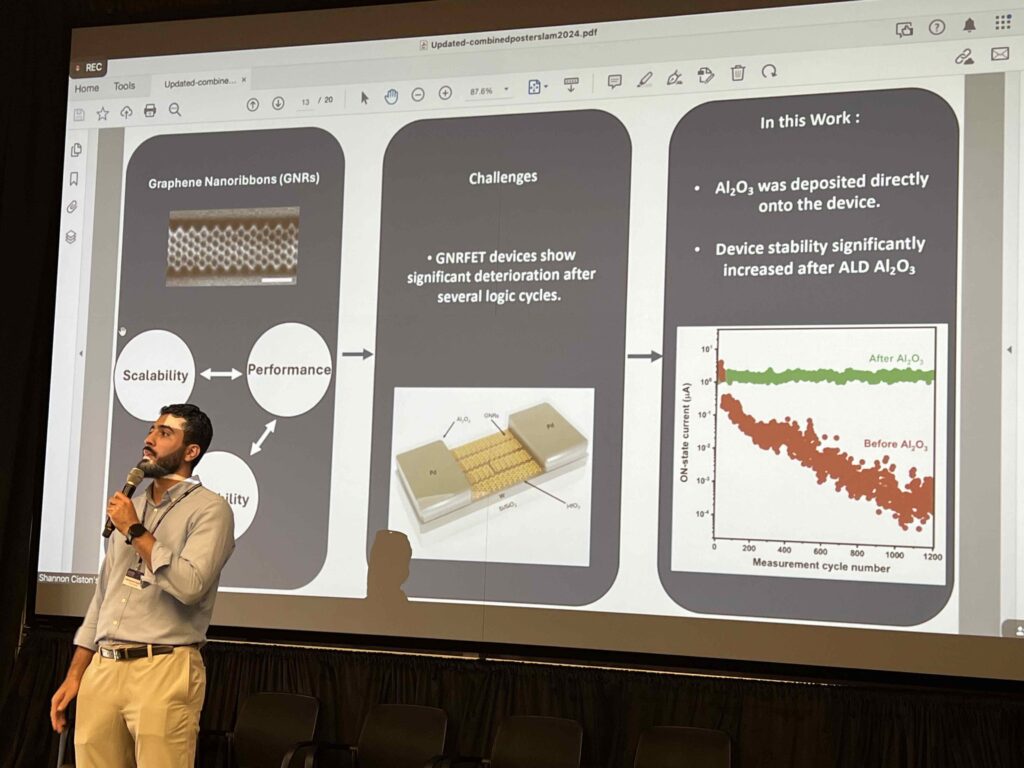

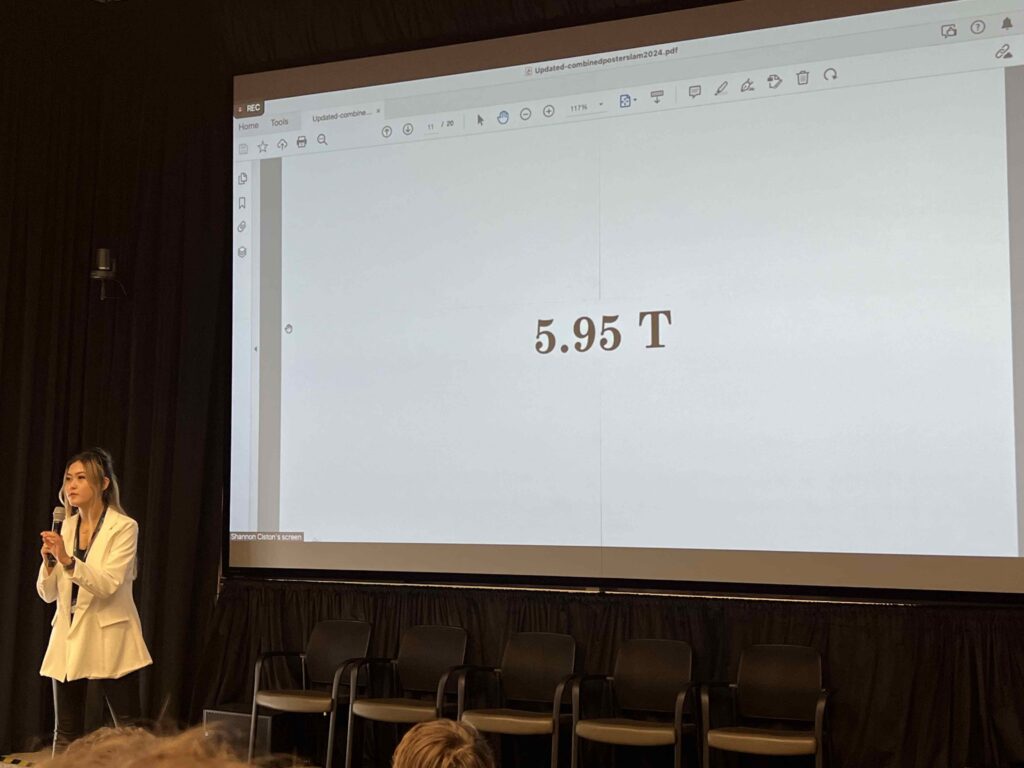


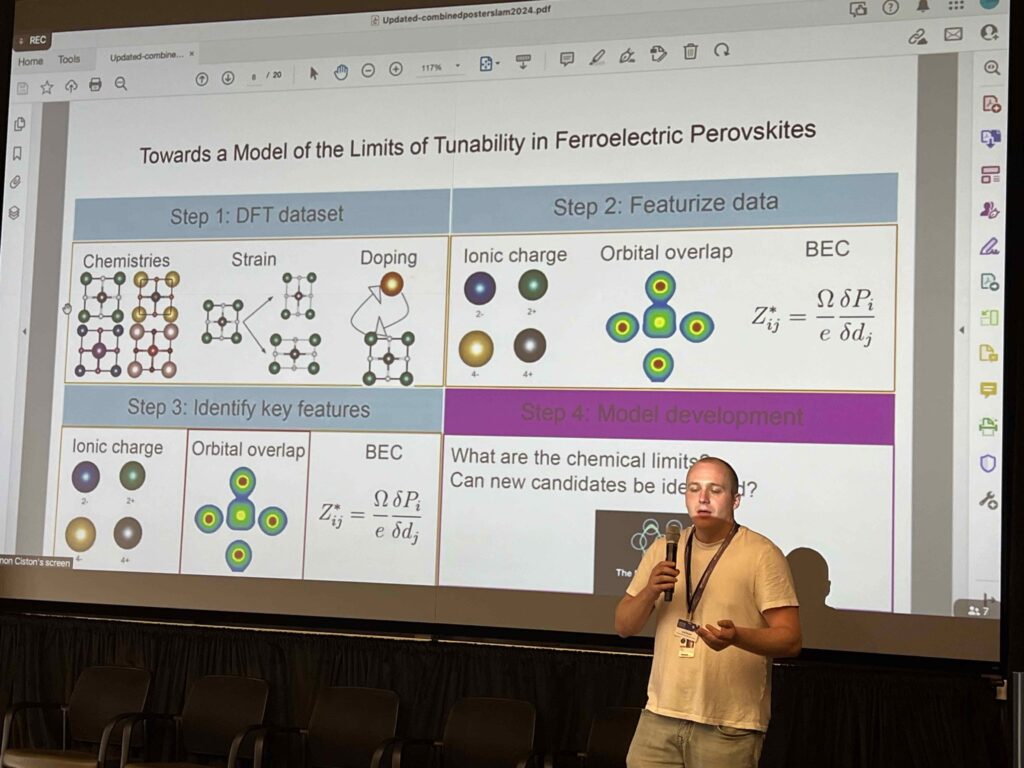
The final day, August 16th, started with a User Town Hall, offering a platform for participants to voice their opinions and insights to the User Executive Committee without staff present. A keynote by Professor Aaron Wheeler from the University of Toronto showcased groundbreaking work in digital microfluidics with applications across chemistry, biology, and medicine. Another notable session was the IDEA plenary talk by Lynn Villafuerte from the Department of Energy, focusing on integrating diversity, equity, inclusion, and accessibility into research teams. The day concluded with awards recognizing outstanding contributions from postdocs and students, a career panel, and additional symposia exploring cutting-edge research in quantum materials, energy materials, and digital science communication.
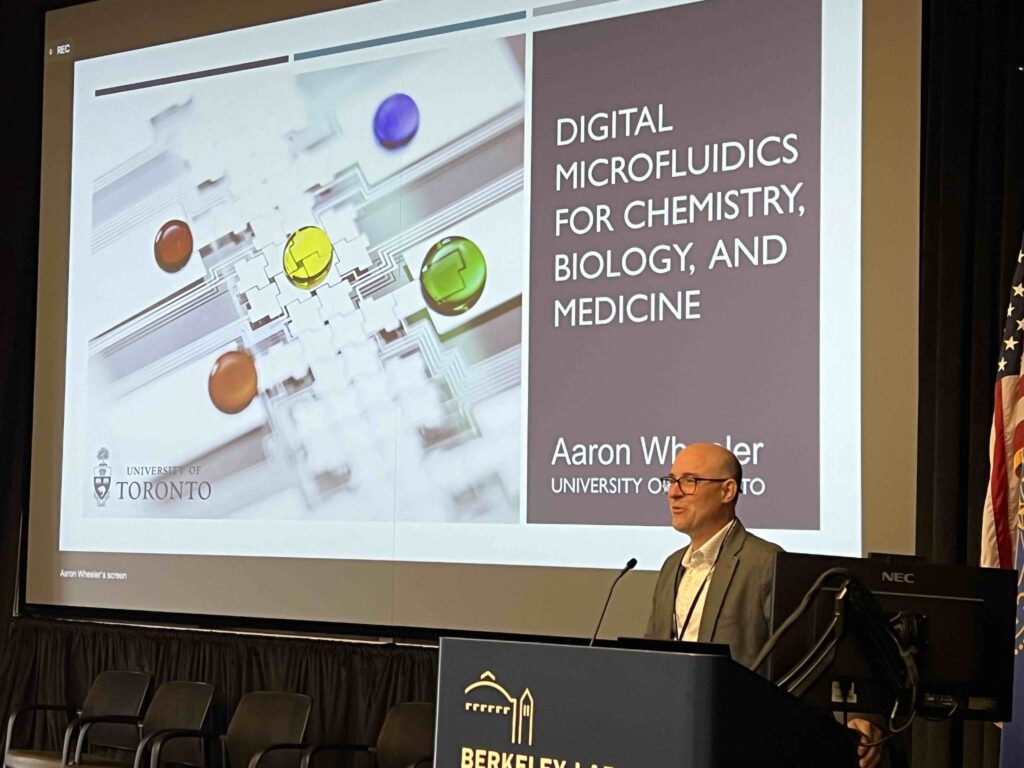


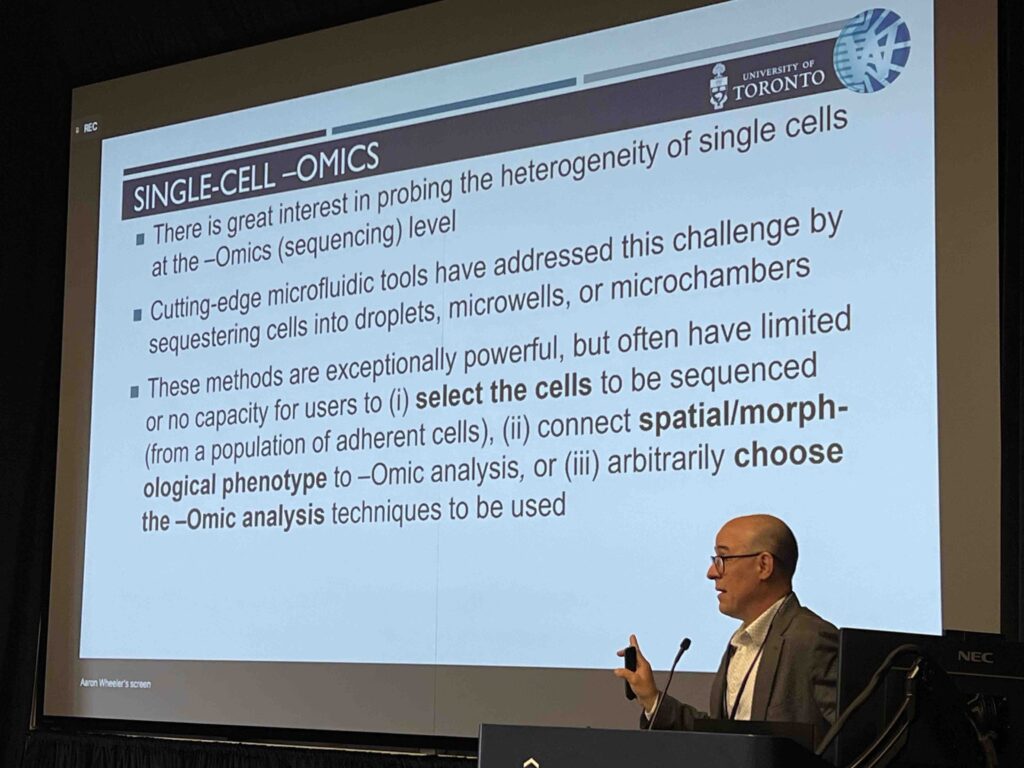


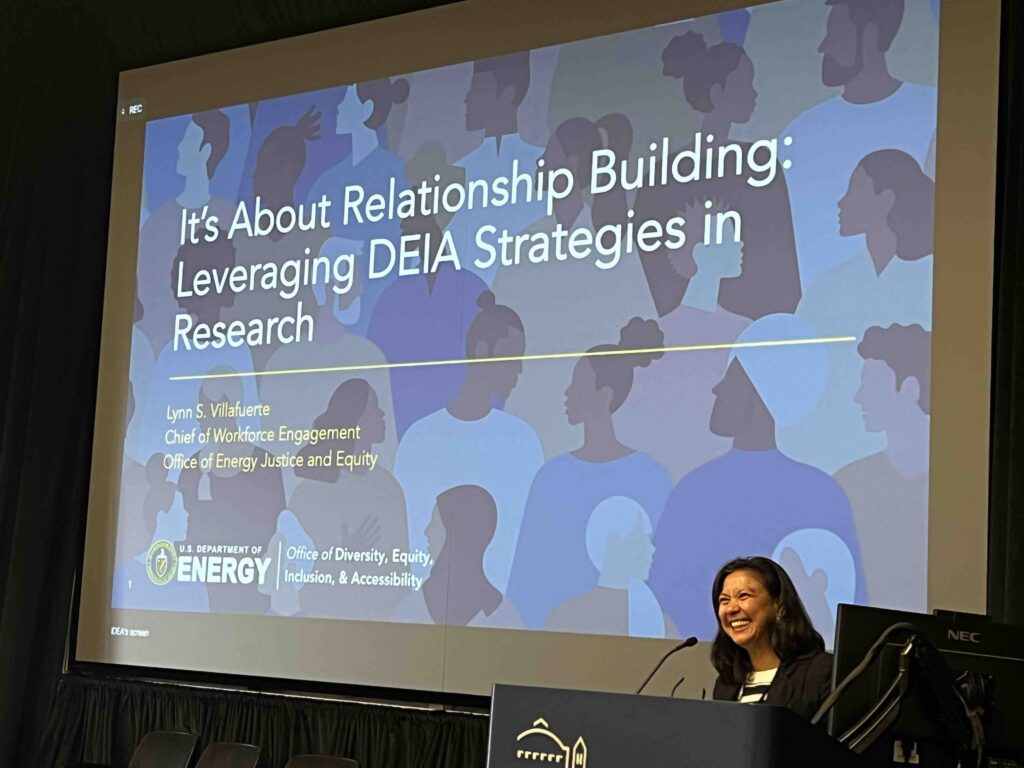

The awards session celebrated the winners of the previous day’s poster session, Alexander Pattison, Yen Jae Lee, and Eshana Bethur, as well as recognizing the recipients of this year’s Travel Awards, which were sponsored by ThermoFischer Scientific. Additionally, the UEC announced the winner of this year’s Staff Service award, Shannon Ciston.
The Career Panel Discussion, hosted by the UEC, featured five panelists in diverse career paths. UEC Internal Vice Chair Tim Kodalle moderated the session with an audience including students, postdocs, and other conference participants. Elizabeth Nowadnick, Materials Science and Engineering professor at UC Merced, emphasized the importance of informational interviewing for learning about a wider range of careers. Dylan Wood, Sales Manager at Protochips shared about his path from classical training in opera and violin through a degree in physics to his role in engineering problem-solving for environmental TEM. Branden Brough, Director of the National Nanotechnology Coordination Office challenged all of us to be advocates for one another, and described the importance of mentors and peers in encouraging him to explore career opportunities along his path. Lynn S. Villafuerte, Chief of DEIA Workforce Engagement for the DOE, described her work in partnership with various leaders to develop programs to advance DEIA goals, and invited all participants to consider the contributions they would like to make in their careers. Rohan Dhall, Principal Scientific Engineering Associate at the Molecular Foundry, described a key internship early in his career that gave him a chance to dive into nanoscience with a broad range of responsibilities; his role now similarly gives him opportunities to contribute to every phase of research from pumping down microscopes to observing first-of-its-kind observations. All in all, this diverse and thoughtful panel was fun and left the audience with some new perspectives on career planning.
The 2024 AUM Friday afternoon workshop on “Digital Science Communication“, organized by Miller postdoctoral fellow and Foundry user Georgios Varnavides and Foundry staff scientist Colin Ophus, aimed to spark conversations on the importance of effective communication in scientific presentations and publications. This was in-part achieved by polyglot (Wolfram language, python, and javascript) computational notebook explorations of the evolution of scientific visualizations from static figures, to interactive widgets, to reactive web-components. The workshop also included guest talks from Rowan Cockett and Akshay Agrawal, co-founders of curvenote and marimo respectively, who lead the development and maintenance of the open-source technologies enabling this revolution in interactive science communication. The audience seemed particularly engaged, with a great deal of time allotted for questions and free-form discussion.
The other afternoon symposia also included, “Using the Crucible data platform for data management and collaborative scientific research“, “Next-Generation Quantum Materials for Quantum Computing, Sensing, and Microelectronic Devices“, and “Deep dive into fundamental insights for next-generation energy materials“.
Overall, the meeting was a vibrant exchange of ideas, highlighting the latest scientific advancements while emphasizing collaboration, diversity, and the future directions of nanoscience research.
For further details on the scientific program and presentations, you can visit the event’s official website.

